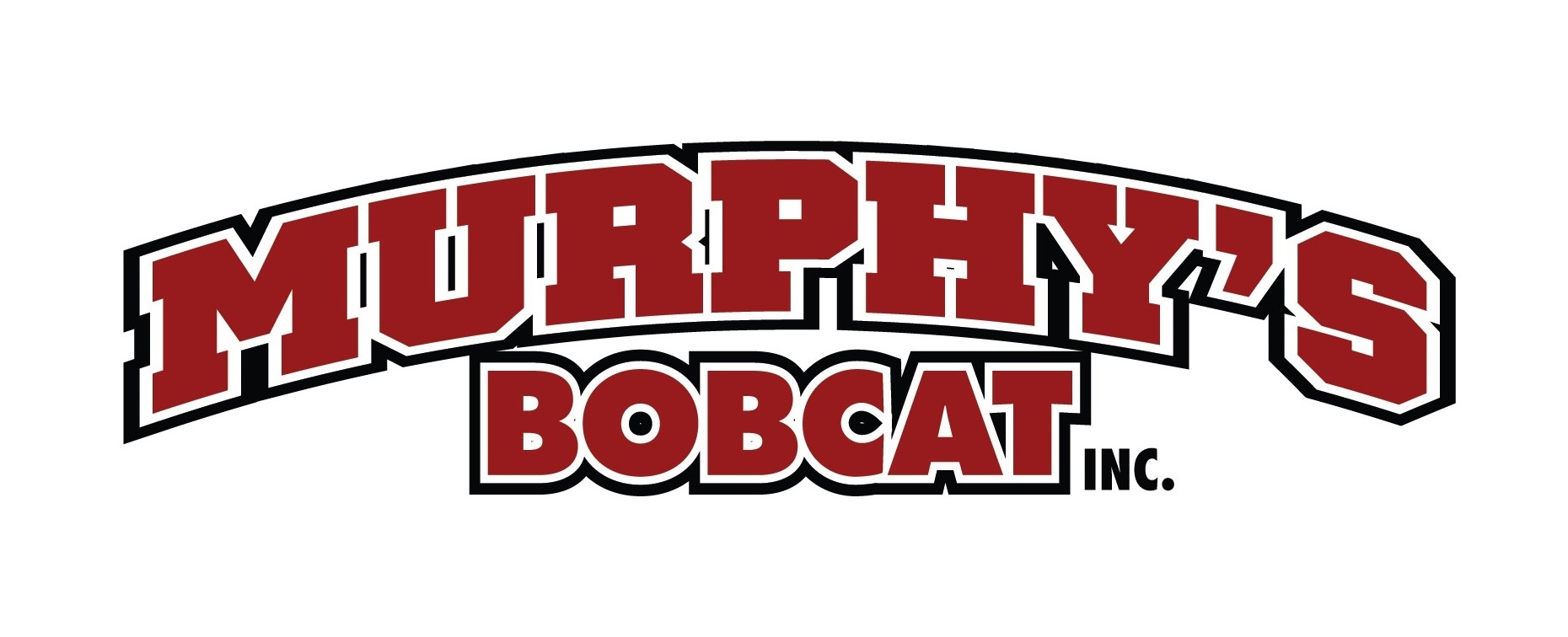
+1-865-856-3478

Manufactured Sand vs. Masonry Sand: Differences, Quality, and Uses
When it comes to construction, landscaping, and industrial applications, sand is an essential material. However, not all sand is created equal. Two common types—manufactured sand (M-sand) and masonry sand—have distinct properties, making them suitable for different uses.
What Is Manufactured Sand (M-Sand)?
Manufactured sand is a type of artificial sand produced by crushing rocks, quarry stones, or larger aggregates into fine particles. It is engineered to meet specific size and quality standards, making it a reliable alternative to natural river sand.
Quality and Characteristics of M-Sand:
- Particle Shape & Texture: Typically angular and rough, providing better bonding in concrete and mortar.
- Grain Size: Well-graded to reduce voids and increase strength.
- Fines Content: Contains stone dust, which can improve workability but may require washing.
- Strength & Durability: High compressive strength, making it ideal for load-bearing structures.
- Eco-Friendly Alternative: Reduces dependency on river sand, helping to prevent environmental damage.
Common Uses of M-Sand:
- Concrete Production: Used in high-strength concrete for buildings, bridges, and roads.
- Asphalt Mixes: Provides durability in road construction.
- Precast Concrete Products: Used in blocks, pipes, and tiles.
- Backfilling & Land Reclamation: Used as a stable filler material in construction.
What Is Masonry Sand?
Masonry sand, also known as fine sand, is naturally sourced from riverbeds or manufactured through finer crushing processes. It has a smoother texture and is often washed to remove impurities.
Quality and Characteristics of Masonry Sand:
- Particle Shape & Texture: Finer and rounder, resulting in a smoother finish.
- Grain Size: Uniform and finer than concrete sand.
- Fines Content: Low, as it is typically washed and screened.
- Workability: High workability and excellent adhesion for masonry and plastering.
Common Uses of Masonry Sand:
- Brick and Stone Masonry: Used in mortar for strong adhesion.
- Plastering & Stucco: Provides a smooth finish for walls and ceilings.
- Playgrounds & Sandboxes: Soft texture makes it safe for children's play areas.
- Beach & Pool Fillers: Often used for artificial beaches and pool areas.
- Paver Base & Joint Filler: Helps set pavers and fill gaps in walkways.
Choosing the Right Sand for Your Project
If strength, durability, and structural integrity are priorities (e.g., concrete, asphalt, precast elements), M-sand is the best option.
If aesthetic finish, workability, and smooth texture are essential (e.g., masonry, plastering, playgrounds), masonry sand is the better choice.
Both types of sand play vital roles in construction and landscaping, but selecting the right one ensures efficiency, durability, and cost-effectiveness in your projects. Always check local regulations and quality standards to ensure compliance with industry requirements.
← Back to Blog